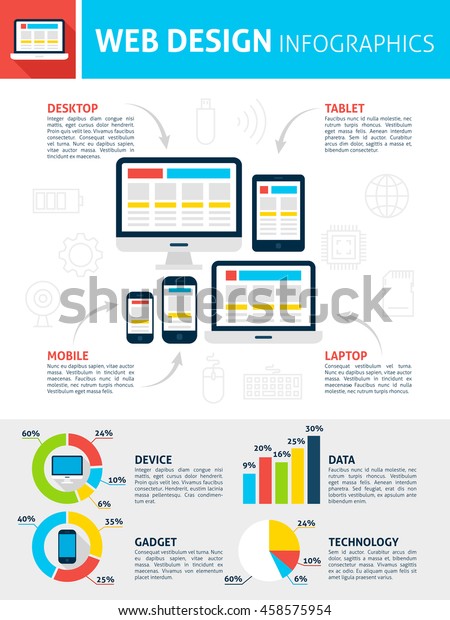Interested In Learning How Internet Site Design Has Evolved? Discover The Trip From Uncomplicated Designs To User-Centric Methods
Interested In Learning How Internet Site Design Has Evolved? Discover The Trip From Uncomplicated Designs To User-Centric Methods
Blog Article
Published By-Jonasson Harding
In the past, web sites were easy and concentrated on info. Navigation was straight, and design was for desktops. Now, individual experience is key. personalized website content guides styles for simple navigation. Responsive formats fit various devices. Today, dark setting minimizes strain, and minimalist menus boost navigation. Interactive functions involve users, and strong visuals stand out. AI combination enhances engagement. See just how design has developed to boost your on the internet journey.
Early Days of Website Design
In the very early days of website design, simpleness preponderated. Web sites were fundamental, with minimal colors, fonts, and formats. continue reading this was on offering details rather than showy visuals. Users accessed the net via slow dial-up links, so speed and capability were key.
Navigation food selections were straightforward, normally situated at the top or side of the web page. Web sites were made for desktop computers, as mobile browsing wasn't yet widespread. Content was king, and developers prioritized easy readability over complicated design elements.
HTML was the primary coding language utilized, and developers had to work within its restrictions. Computer animations and interactive features were minimal compared to today's criteria. Sites were static, with little dynamic content or personalized user experiences.
Surge of User-Focused Style
With the advancement of website style, a change towards user-focused design concepts has come to be increasingly popular. Today, creating web sites that prioritize individual experience is critical for engaging site visitors and achieving organization objectives. User-focused style includes comprehending the demands, choices, and behaviors of your target audience to tailor the web site's format, web content, and includes appropriately.
Designers currently carry out thorough study, such as customer studies and usability testing, to collect insights and feedback straight from users. This data-driven technique assists in developing intuitive navigation, clear calls-to-action, and aesthetically appealing interfaces that resonate with site visitors. By putting the user at the facility of the style procedure, sites can supply a much more tailored and pleasurable experience.
Receptive style has also emerged as a key element of user-focused layout, ensuring that sites are enhanced for various gadgets and screen sizes. This versatility boosts availability and functionality, dealing with the varied means individuals engage with sites today. Essentially, the surge of user-focused style symbolizes a change in the direction of producing digital experiences that focus on the demands and expectations of the end customer.
Modern Trends in Web Design
Discover the current trends forming web design today. One prominent fad is dark mode layout, supplying a streamlined and modern appearance while minimizing eye stress in low-light environments. An additional key pattern is minimal navigating, streamlining menus and boosting customer experience by concentrating on essential elements. Integrating micro-interactions, such as animated buttons or scrolling results, can produce a more engaging and interactive internet site. Receptive design stays crucial, guaranteeing seamless customer experiences across different tools. In addition, using vibrant typography and unbalanced designs can add visual interest and draw attention to particular web content.
Integrating simply click the following post , like chatbots for customer support or customized suggestions, boosts individual involvement and improves procedures. Ease of access has additionally come to be a substantial pattern, with designers focusing on inclusive design practices to deal with diverse individual demands. Welcoming sustainability by maximizing web site efficiency for speed and effectiveness is another emerging pattern in web design. Working together with individual feedback and data analytics to repeat and enhance design constantly is necessary for remaining pertinent in the ever-evolving electronic landscape. By accepting these modern patterns, you can create a visually appealing, easy to use website that reverberates with your target market.
Conclusion
As you assess the development of web site design from the early days to currently, you can see just how user-focused layout has come to be the driving pressure behind contemporary patterns.
Embrace the trip of adjustment and adjustment in website design, always keeping the customer experience at the forefront.
Keep existing with the current fads and innovations, and never ever stop developing your approach to create aesthetically spectacular and user-friendly websites.
Progress, adapt, and develop - the future of website design is in your hands.
